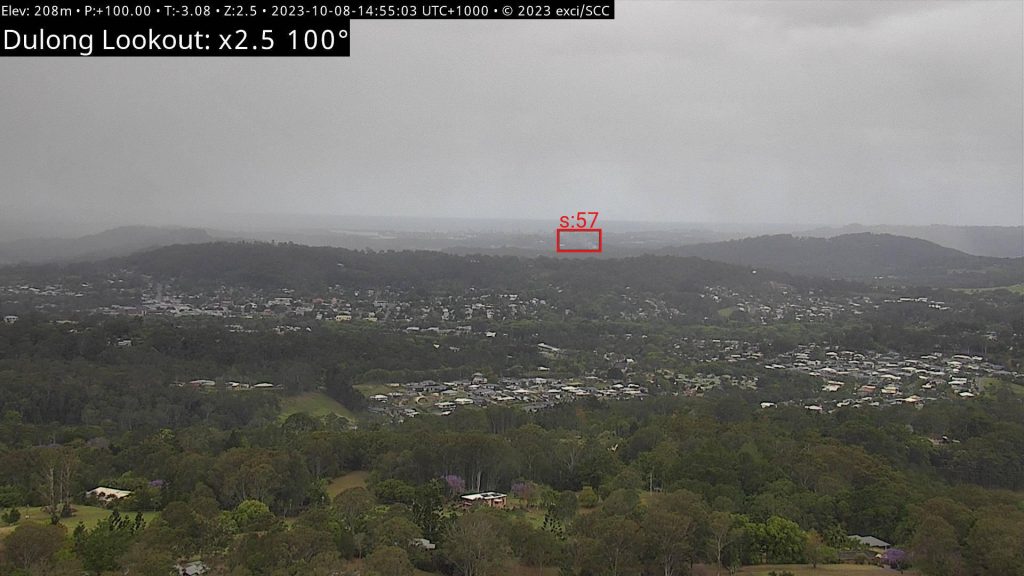In our previous blog posts, we explored the differences in object recognition between humans and AI, and how insights from human neural processes can enhance AI training. If you haven’t read them yet, be sure to check out our earlier posts. You will find the links at the end of this blog post. Building on these foundations, this post delves into a critical application: training AI to distinguish between smoke indicating fire and other similar-looking environmental variables.
The Growing Threat of Wildfires
Wildfires have caused devastating damage globally and are projected to become 50% more common by the end of the century. According to a UN report involving over 50 international researchers, this alarming prediction is attributed to the escalating climate crisis and land-use changes. By 2030, a 14% rise in extreme wildfires is expected, with a 30% increase by 2050. As communities grapple with the increasing frequency and severity of wildfires, the demand for advanced technologies to aid in early detection and rapid response has never been greater.
The Role of AI in Wildfire Detection
AI-driven wildfire/bushfire detection technology has emerged as a powerful approach to mitigating the impact of wildfires on lives, property, and the environment. Innovated by exci four years ago, this solution focused on training AI to differentiate between smoke signalling fire and visually similar environmental variables such as fog, mist, dust, or clouds. Below are two images demonstrating exci’s AI successfully detecting fire even under very cloudy and low visibility conditions.


Importance of Large and High-Quality Datasets
Machine learning models, including advanced AI, are heavily dependent on high-quality data. Their success is closely tied to the data they are trained on, whether structured or unstructured. Despite the common assumption that any data is good for AI, the quality and relevance of data play a critical role in the effectiveness of machine learning systems.
Poor data quality can lead to significant failures and negative societal impacts. Examples include biased recruitment processes and wrongful arrests due to flawed facial recognition systems. Data-related issues have also led to costly consequences in fields like finance and healthcare, where inaccurate data can result in financial losses or misdiagnoses.
In the critical realm of wildfire detection, the availability of extensive, high-quality datasets is paramount. This need is especially crucial for AI systems, as they must accurately discern the subtle signatures of fire-indicative smoke amidst diverse environmental conditions.
 Six Key Dimensions of Data Quality for ML
Six Key Dimensions of Data Quality for ML
Challenges in Training AI for Wildfire Detection
Context Sensitivity
Variations in environmental factors such as lighting, weather conditions, and visual interferences can significantly impact the accuracy of wildfire detection. AI systems trained in specific contexts often struggle when presented with conditions not encountered during training. Examples include:
- Fog in forested areas appears similar to wildfire smoke.
- Mist rising from lakes or rivers resembling fire smoke.
- Smoke emissions from factories and industrial plants are mistaken for wildfire smoke.
- Dust clouds kicked up by vehicles on dusty roads mimicking smoke from a fire.
Addressing these context-sensitive challenges requires AI systems to recognise the visual features of smoke and understand the broader context in which it appears.
Inadequate 3D and Occlusion Handling
Accurately understanding spatial relationships within a scene, including the 3D shapes of smoke plumes and occlusions, is crucial for effective wildfire detection. Current deep neural networks have made significant progress in processing 2D information, but they still face challenges with 3D shape processing and occlusion handling. While these networks can analyze some aspects of 3D data, they often struggle with the nuanced understanding required to fully grasp complex spatial interactions. This limitation can lead to misinterpretations or missed wildfire detections, underscoring the need for advancements in AI techniques that better handle 3D structures and occlusions to improve detection accuracy.
Training Specificity
Deep Neural Networks (DNNs) trained on standard object recognition tasks may not generalise well to wildfire detection scenarios. Training AI specifically for wildfire detection requires exposing it to diverse, high-quality datasets that include various instances of smoke, fog, mist, dust, and clouds in different contexts.
Leveraging Big Data for Wildfire Detection
exci’s AI Success Story
The effective training of exci’s advanced AI wildfire/bushfire detection technology required both the volume and variety of Large Data and the complexity, velocity, and veracity of Big Data techniques. Big data refers to data that is so large, fast or complex that it’s difficult or impossible to process using traditional methods. Big Data encompasses:
- Large amounts of data (Volume)
- High-quality data (Veracity)
- Various types of data (Variety)
- Rapid processing of data (Velocity)
- Valuable insights derived from data (Value)
exci’s advanced AI has been meticulously trained using an unparalleled Big Dataset, exclusively owned by exci. During the Californian fire season of 2020/21 alone, exci’s AI processed over 1 billion camera images from 1,000 cameras and analysed 500,000 satellite images, covering more than 130 million acres across North America. Since its inception, exci’s AI has been continually refined and enhanced, detecting over 140,000 wildfires and counting. In Australia, the system protects nearly 30 million acres of plantations and forestry, showcasing its global applicability and effectiveness.
Rapid Wildfire Detection and Response
One of the most significant achievements of exci’s AI is the reduction in average detection time to just one minute. This rapid detection capability allows for quicker response times and more effective mitigation efforts, potentially saving lives, property, and ecosystems.
Learning Intricate Features
The breadth of data allows the AI to learn intricate features essential for accurate wildfire detection. Large datasets enable machine learning models to capture the complexity of interactions, improving detection accuracy.
Context Sensitivity and Generalisation
High-quality data enables the AI to grasp perceptual principles essential for precise discrimination among various environmental factors. By understanding the context in which smoke appears, the AI can make more accurate predictions about the presence of a wildfire, minimising false positives and improving reliability.
Continues Improvement and Global Impact
Having access to a large dataset enables exci’s developers to continuously refine and improve machine learning algorithms for wildfire detection. This iterative process fosters the development of more robust models capable of adapting to new data and emerging patterns.
Community and Ecosystem Protection
The impact of exci’s AI extends beyond safeguarding clients’ assets. By enhancing the efficiency and accuracy of wildfire detection, exci contributes to community protection and ecosystem preservation. Early detection means that communities have more time to evacuate, and firefighters can deploy resources more effectively, reducing the overall impact of wildfires.
Setting a New Standard in Wildfire Detection
exci’s dedication to excellence and continuous improvement has firmly established its leadership in the industry. The company’s AI not only sets a new standard for rapid wildfire detection but also demonstrates the transformative power of advanced technology in addressing one of the most pressing challenges of our time.
Conclusion
The story of exci is a testament to the power of large and high-quality data in training AI for wildfire/bushfire detection. By processing an enormous volume of high-resolution images and continuously improving its AI, exci has set a new benchmark, making wildfire detection even more accurate and reliable. As climate change continues to impact the frequency and intensity of wildfires, exci’s innovative solution will be crucial in protecting lives, property, and our planet’s precious ecosystems.
Further Reading
For a deeper understanding of the differences in object recognition between humans and AI, and how human neural insights can enhance AI training, check out our previous posts:
by Gabrielle Tylor
exci – Smoke Alarm for the Bush
AI-powered Wildfire/Bushfire Detection Technology
24 July 2024


